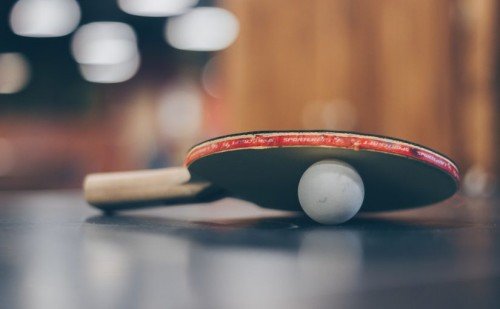The 5 Basic Rules Of Playing Table Tennis

For those hoping to become table tennis champions, understanding the rules is key! The great news? Familiarity with other racket sports can be a big help – as most of the same principles apply. So make sure you brush up on your knowledge and take one step closer towards achieving that paddle-swinging victory.
Table tennis is a thrilling game of fast-paced action and finesse that anyone can learn to play. Here, we dive into the details so you'll understand how to hit it out of the park with this exciting sport.
1.No Hands On The Table
Table tennis doesn't take kindly to those taking matters into their own hands. Leaning on the table isn’t an option and touching it can be costly, costing you a point - not great for your gaming scorecard! But when that ball is high in the air ready for impact, it's easy to see why players want to give themself an edge by smashing away at opponent territory with outstretched palms.
2.When Serving, The Ball Must Be Thrown 15mm
Another rule which you may not knew about the game is that the ball must be thrown at least 15 millimeters in height while serving. Obviously, this kind of toss is a good habit – and what it means is that you must throw it at least 15mm into the air from the flat palm of your hand before it is being hit. You are also not allowed to throw the ball in any way which adds spin to it.
3.If The Ball Hits The Net On Service, You Should Serve Again
Sometimes, when you serve the ball in table tennis, it hits the net – and either falls in your part or the opponent’s part of the table. If this happens, you should know that the official rule is to re-serve and replay the serve. There is no actual limit to how many “nets” a player can have on first serve, but the general rule sticks to three in total (before a point is lost).
4. The Ball Must Be Held In A Flat Palm Above The Table
When it's time to serve, make sure you hold the ball firmly in your hand with a perfectly flat surface and elevated above the table. Showing both opponents and umpires exactly where you're sending that little projectile can be a huge advantage!
5. Rubber Colors
Last but not the least is the rule of rubber and its colors. If you ever held a table tennis paddle, you probably know that one of the sides has a black rubber and the other has a red one. This is only to ensure that the opposing player knows what to expect when they serve – with either the black or red rubber – as well as to prevent any confusion.